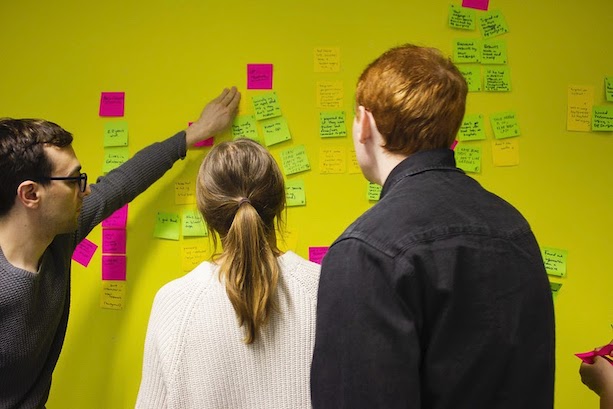
Here in the Technology Policy team at the Government Digital Service (GDS), we’ve been busy speaking to lots of government organisations and agencies about their experiences of using chatbots and webchat.
Last year we held a chatbot and webchat knowledge share event, to better understand how public sector organisations are using these technologies, and for them to share their knowledge.
This event helped us develop a set of principles for government organisations to consider when using chatbot and webchat tools. The aim is to help organisations get the most out of these tools and improve their users' experience.
To show how chatbots and webchat tools work in the real world, the guidance also includes case studies from departments who have experimented or implemented these technologies. These include how the Driver and Vehicle Licensing Agency (DVLA) deployed a chatbot alongside their webchat platform and how the Ministry of Justice (MoJ) experimented with chatbots.
Building a set of principles
During our research, we realised there was a need to share knowledge and experience across organisations. The event was a good opportunity to get different organisations into the same room and discuss current challenges and best practices.
We agreed on some guiding principles for designing better chatbot and webchat tools, such as:
- setting user expectations early
- building a knowledge base
- building conversations
- helping users reach their goals
- providing alternatives
These principles form the basis of the guidance and are the main areas to consider when starting a project with these technologies.
Chatbots and webchat can look similar to users, but they are different technologies, and their use cases differ. We included both in the guidance as we found that organisations often encounter similar problems around user experience with these tools.
Don’t automate a bad process
Chatbots and webchat are only useful if they help users reach their goals more efficiently. But they can quickly become obstacles for your users if you don’t have a clear understanding of how it will support your users.
Adding a new technology to your service without solving existing problems will only make your service less user-friendly. Especially in the case of chatbots, it’s important to not use it to automate a process that needs updating because it can make problems worse. Similarly, a process that is not user-friendly is more likely to push users to contact you directly, by phone or webchat, which can increase your staff’s workload.
Before incorporating a tool into your system, think about the service as a whole. Can you improve the user journey by improving existing content, processes, functionality and navigation? Once you’ve done this, if you decide to use either chatbot or webchat, it is more likely to benefit users and support your service.
Experimenting can lead to improvements
Case studies from the MoJ and DVLA show how exploring new technologies can lead to wider impacts across teams and services. The MoJ found that experimenting with chatbots helped the policy team become more open to testing theories in an agile way before implementing them. Similarly, the DVLA highlighted how the combination of the chatbot and webchat has led to a significant drop in demand for contact through email and telephone.
It's great to see numerous other organisations across government trying something new and taking an innovative approach to helping users meet their needs.
What’s next
We have an upcoming case study on how NHS Digital experimented with a chatbot to streamline services and improve user experience.
Join our Slack channel
Join the cross-government digital Slack group #chatbots-webchat and share your projects, or leave a comment below.
